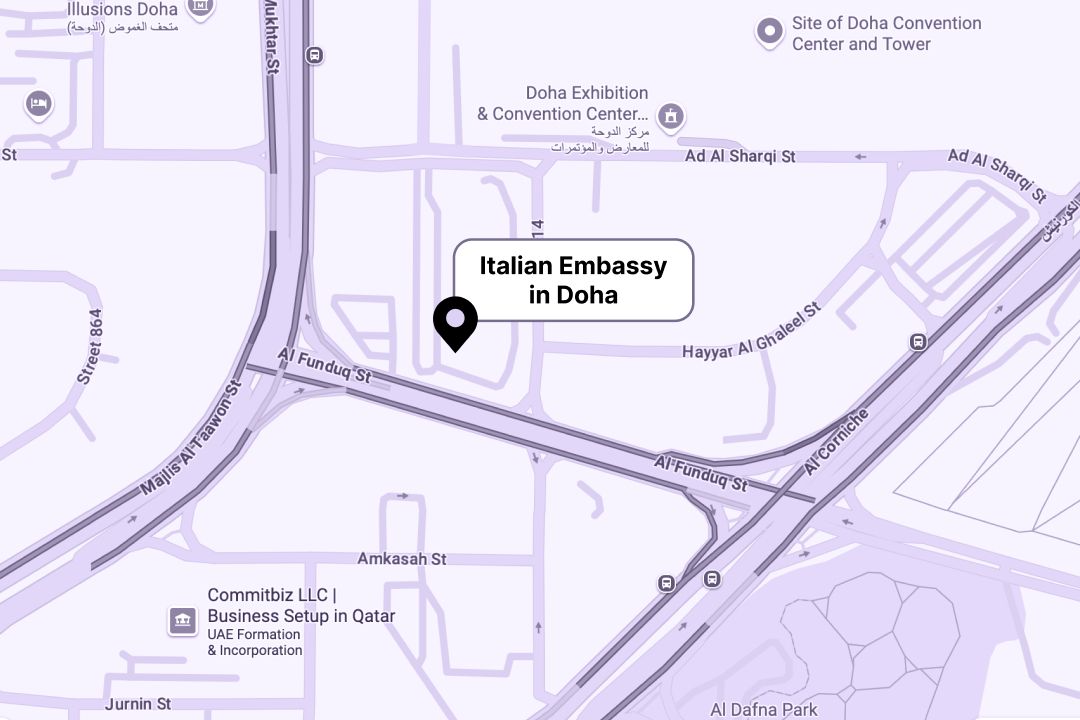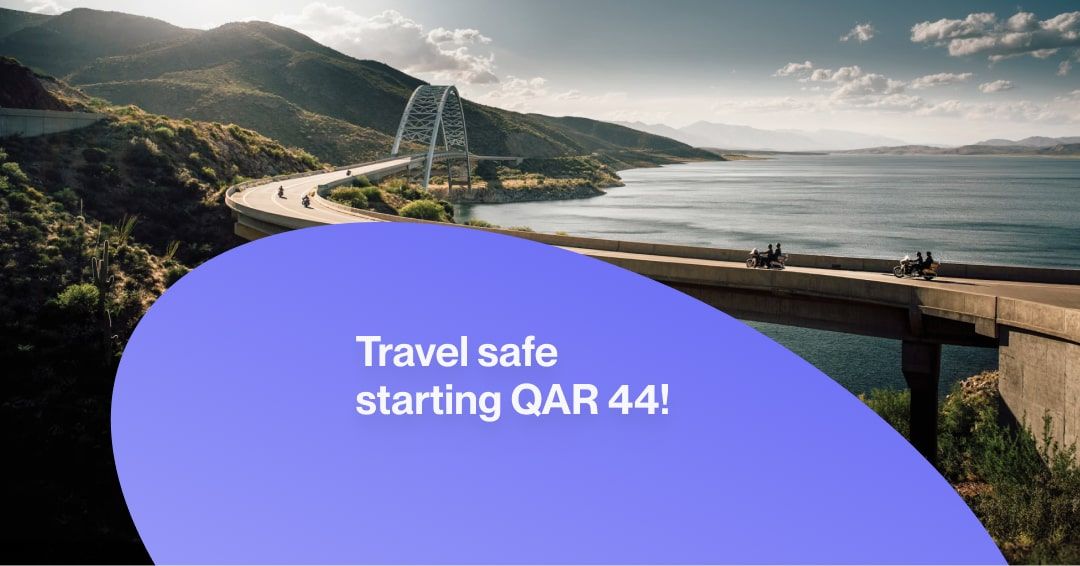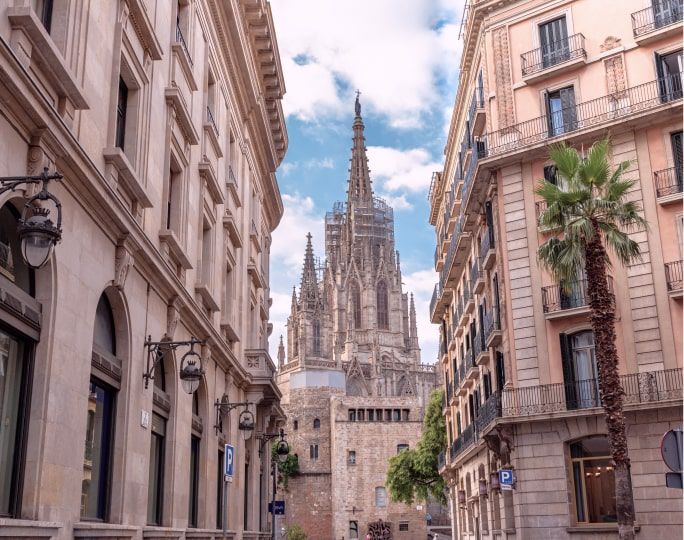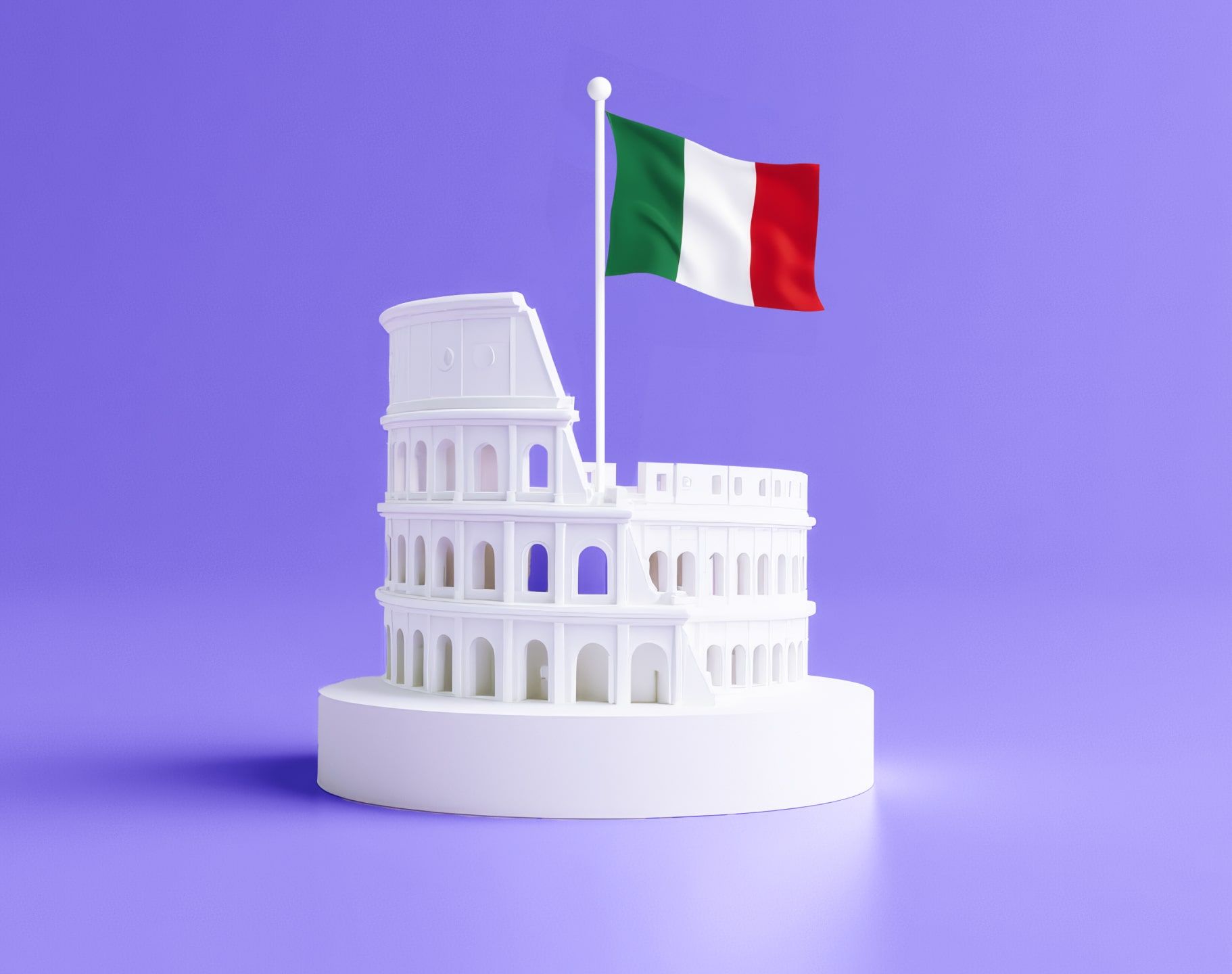Contents
Dreaming of exploring Italy’s rich history while working remotely? With Italy’s new digital nomad visa, remote professionals from outside the European Union (EU) and the European Economic Area (EEA) can live and work in Italy, gaining access to the Schengen area. Learn whether you’re eligible for this visa and what the application process entails.
What is Italy digital nomad visa?
Launched in April 2024, Italy’s digital nomad visa is designed for non-EU-EEA remote professionals to live and work in Italy for one year, with the option to renew it annually. It also grants access to the Schengen Area.
Benefits of becoming digital nomad in Italy
Aside from being able to enjoy a beautiful country and sunny days most of the year, there are more benefits to becoming a digital nomad in Italy. The country offers an excellent healthcare system, renowned for its quality and accessibility. You can also gain access to the Schengen Area, allowing visa-free travel to 29 countries for up to 90 days within a 180-day period. Once your residence permit is granted, you can apply to bring your family members through the family reunification process. Moreover, there’s a path to Italian citizenship after 10 years of continuous legal residence. Additionally, many digital nomads benefit from Italy’s flat tax regime — also called regime forfettario — which applies a reduced tax rate of 5% to 15% on earnings up to €85,000 per year.
Who is eligible to apply
To qualify for Italy’s digital nomad visa, you must be a non-EU/EEA citizen and meet all of the following conditions:
-
You perform work activities using digital tools that allow you to work from anywhere
-
You are a self-employed professional, freelancer, collaborator, or employee of a company with headquarters either outside of Italy or within the country
-
You are a highly skilled professional and you meet at least one of the following criteria, according to Italian immigration law: You hold a university degree or have several years of experience in a technical or specialised field involving non-manual tasks, you have at least five years of professional experience at a qualification level comparable to a graduate, and relevant to the work you intend to do in Italy, or you hold professional qualifications obtained in another EU country that entitle you to practice a regulated profession in Italy, such as engineers and architects — a specific license may be required
Documents and fees
|
Document |
Details |
|
Completed and signed |
|
|
Two photos |
Passport-style, white background |
|
Passport |
Valid for at least six months |
|
Proof of remote work and qualifications |
Educational degree, invoices or pay slips, freelance or employment contracts |
|
Proof of relevant experience |
At least six months of relevant experience in the field you’ll be working in while in Italy. You can use a reference letter from a former or current employer or a signed employment contract. |
|
Criminal record declaration |
A signed statement by your employer or contractor, declaring that you have not been convicted in the last five years for aiding illegal immigration, exploitation of prostitution or trafficking in human beings for sexual purposes, or exploitation of labour. |
|
Proof of income |
You must earn more than €26,000 gross per year, supported by documents such as an employment contract or freelance contract, that includes details of your job role and salary, a bank statement of the last three to six months, payslips of the last three months or invoices-proof of payment for freelancers. |
|
Proof of accommodation |
Show proof of accommodation in Italy, such as a hotel reservation, long-term lease, or an invitation from a host. |
|
Hold valid health insurance that covers your entire stay in Italy — up to 12 months — including all medical expenses or hospitalisation. Minimum coverage of € 30,000 valid across Schengen. |
The visa application fee for the Italy digital nomad visa from Qatar is QAR 487 (€ 116).
Where to apply
You can visit the Italian Embassy in Doha or book an appointment through VFS global.
Embassy address:
Alfardan Office Tower, 23rd floor, 61 Al Funduq Street, West Bay
P.O. BOX 4188
Doha, Qatar
Tel: +974 44831828 / +974 44831802
E-mail: doha.ambasciata@esteri.it
Open: Sunday to Thursday: 8:30 AM – 1:30 PM

Application process
To apply for the Italy digital nomad visa, you’ll need to follow the below process that starts before your trip and continues after your arrival to Italy.
-
Book an appointment with the Embassy of Italy in Doha or through VFS Global. The visa processing time is one to three months.
-
Prepare all required documents and attend your appointment to submit them. During the appointment, you’ll also provide biometric data — fingerprints and a photo.
-
Then, pay the visa fee at the time of your appointment.
-
Once your visa is approved, travel to Italy.
-
Upon arrival, apply for your resident permit at the local police headquarters — Questura within eight days. Questura takes fingerprints and issues a receipt that allows legal stay until your permit is ready.
Once your permit is ready, you’ll need to register at the Anagrafe — the local municipal registry, and apply for your tax ID, along with your tax registration.
How to apply with family
After your residence permit is issued, you can apply for family reunification for your spouse, children under 18, and, in some cases, dependent parents. To apply, you’ll need documents such as translated marriage or birth certificates, Schengen travel insurance for each family member, and proof of accommodation. Once approved, each family member will receive their residence permit valid for the same duration as yours.
How to renew digital nomad visa
You’ll need to submit your renewal application at least 60 days before your current permit expires. This can be done either at an authorized post office using the official postal kit or directly at your local immigration office, depending on the type of permit you hold. Once your application is accepted, you’ll receive an official receipt — cedolino — that lets you stay and work legally in Italy while your renewal is being processed.
Can you apply for Italian citizenship after
Yes, you can apply for citizenship only after 10 years of legal residence. The first milestone is to hold a valid residence permit for at least five years. At that point, most non-EU residents become eligible for an EU long-term residence permit — permesso di soggiorno. There are additional requirements for this. You must have held valid residence permits for at least five uninterrupted years. Your annual income must be at least equal to the national minimum social allowance, which is approximately € 7,000 per year — higher thresholds apply if applying with family. You must also provide proof of accommodation that meets hygiene, safety, and space standards certified by local health authorities, pass the A2-level Italian language test, and have no serious criminal record. Additionally, this permit is not available to those holding temporary or short-term stay permits.
To apply for citizenship, you’ll also need to pass integration checks, which include the B1-level Italian language test, and show a clean criminal record. Finally, you must be officially registered with your local municipality and hold a valid tax identification number.
Disclaimer: This article is for general guidance only. Immigration policies and procedures may change; please refer to official sources for the most up-to-date information.
FAQ
Can I apply online for an Italian digital nomad visa from Qatar?
Can I apply for the digital nomad visa from Qatar as an expat?
Can I apply for the Italy digital nomad visa along with my family from Qatar?








